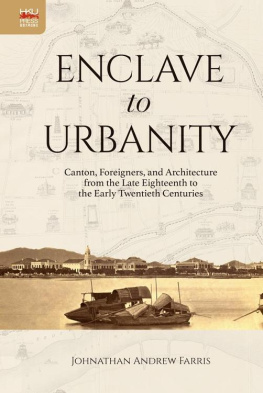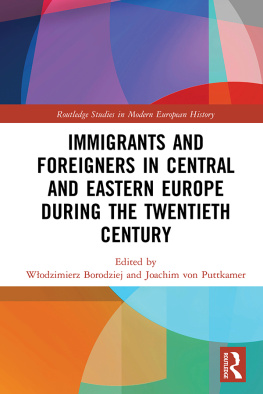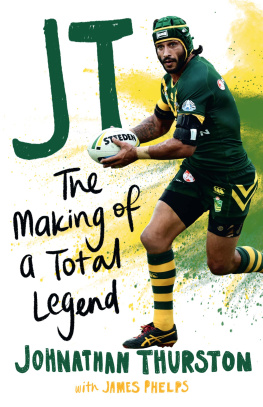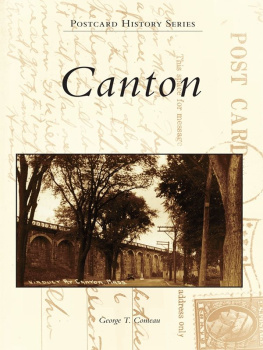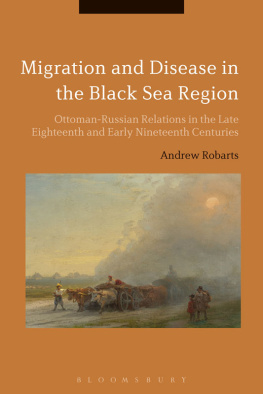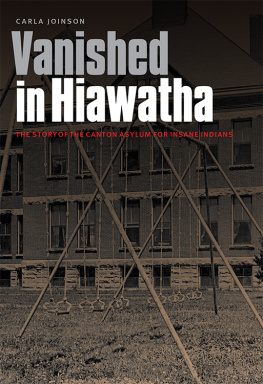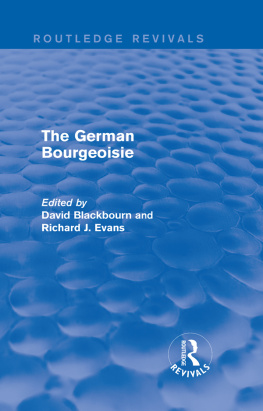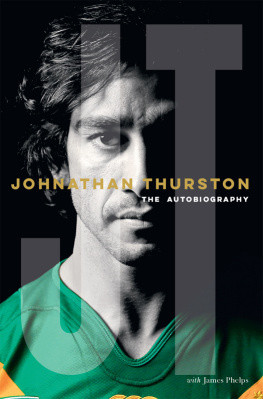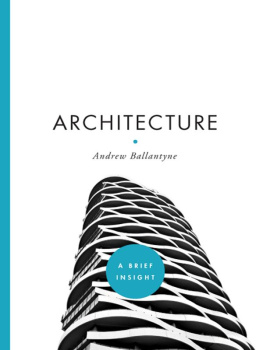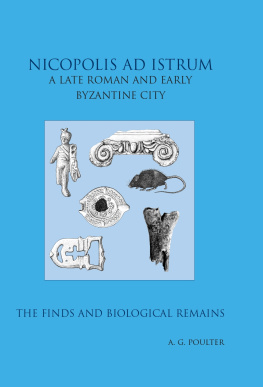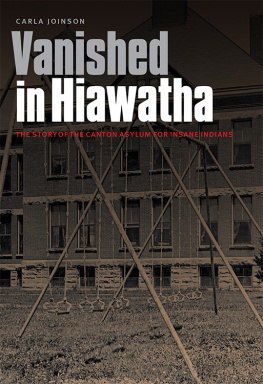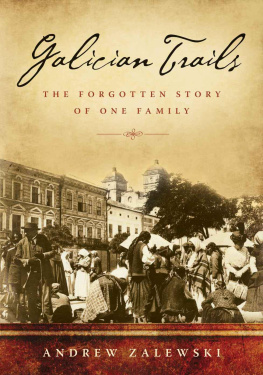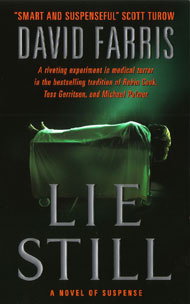Cross-cultural relations are spatial relations. Enclave to Urbanity is the first book in English that examines how the architecture and the urban landscape of Guangzhou framed the relations between the Western mercantile and missionary communities and the citys predominantly Chinese population. The book takes readers through three phases: the Thirteen Factories era from the eighteenth century to the 1850s; the Shamian enclave up to the early twentieth century; and the adoption of Western building techniques throughout the city as its architecture modernized in the early Republic. The discussion of architecture goes beyond stylistic trends to embrace the history of shared and disputed spaces, using a broadly chronological approach that combines social history with architectural and spatial analysis. With over a hundred carefully chosen images, this book illustrates how the foreign architectural footprints of the past form the modern Guangzhou.
Johnathan Andrew Farris received his BA from Yale University, his MA from the University of Virginia, and his PhD from Cornell University. Originally from Lexington, Kentucky, he currently teaches art and architectural history in Hong Kong.
Enclave to Urbanity is a study of one of Chinas most important cities at the most exciting time in its history. This carefully researched work not only offers an in-depth look at Canton (Guangzhou), it narrates history through anecdotes and personalities associated with the city. The superior illustrations combined with the excellent choice of quotes will be appreciated by audiences who are familiar with the city as well as those who have never been there.
Nancy S. Steinhardt, Professor of East Asian Art and Curator of Chinese Art, University of Pennsylvania
Cross-cultural exchanges draw a lot of attention across various disciplines today. Painting a fascinating picture of the multiple ways in which Western traders and their families transformed Guangzhou/Canton together with local Chinese people from the late eighteenth to the twentieth century, Farris provides a finely illustrated, close reading of life and building in a global context.
Carola Hein, Professor and Head of History of Architecture and Urban Planning, Delft University of Technology
Enclave to Urbanity
Enclave to Urbanity
Canton, Foreigners, and Architecture from the Late Eighteenth to the Early Twentieth Centuries
Johnathan Andrew Farris

Hong Kong University Press
The University of Hong Kong
Pokfulam Road
Hong Kong
www.hkupress.org
2016 Hong Kong University Press
ISBN 978-988-8208-87-6 (Hardback)
All rights reserved. No portion of this publication may be reproduced or transmitted in any form or by any means, electronic or mechanical, including photocopy, recording, or any information storage or retrieval system, without prior permission in writing from the publisher.
British Library Cataloguing-in-Publication Data
A catalogue record for this book is available from the British Library.
10 9 8 7 6 5 4 3 2 1
Contents
Introduction
I shall be very happy if my humble efforts are the means of inducing my readers to turn a portion of their attention towards the Celestial Empire; and the further they pursue their researches, the more they will find to praise in the peaceful energy, industry, and ingenuity of the most enlightened of orientals.
Osmond Tiffany Jr., August 1849
Everything new originates in Guangzhou.
Popular Chinese saying
In Canton, therefore, we have truly a city where the old and the new thrive along in harmony, where tradition is honored and modern ideas quickly assimilated, where indeed East meets West. This cosmopolitanism of the citizens is easily recognized from the very appearance of
Ng Yong Sang, October 1936
Cross-cultural relations are spatial relations. The overall goal of this work is to explore architecture as a frame for Chinese-Western relationships from the late eighteenth through the early twentieth centuries in Canton (Guangzhou), China. technologies and forms in Chinese contexts. This work will also locate Westerners within this setting, and raise the question of a Chinese modernity.
The choice of Canton is significant. Canton (the Chinese name Guangzhou will be used interchangeably) has a rich and varied history as a port of the Maritime Silk Road. Sino-Western relations in an architectural and urban context.
in the mid-nineteenth century. The era of the Opium Wars (for the purpose of this work referred to as the Opium [183942] and Arrow [185660] Wars) resulted in an escalation of cross-cultural violence albeit with few Western fatalities. The second war resulted in the destruction of the Thirteen Factories.
Several questions become necessary to consider within the context of the Thirteen Factories. First, what was the form and composition of the buildings themselves, how was the neighborhood arranged, and how did it relate to the surrounding Chinese urban fabric? How was interior space arranged to accommodate the everyday business of the foreign firms, and how did the combination of building plan and activities of the workday shape the interaction between foreigners and Chinese employees? What role did the spaces between the factories and the Chinese city play in the interaction of foreigners with the Cantonese populace at large? As tensions escalated in the mid-nineteenth century due to British economic and military expansionism, how did cross-cultural tensions play out spatially?
The foreign victories in the Opium and Arrow Wars fundamentally changed the roles of foreigners in Guangzhou. The Treaty of Nanjing, which ended the Opium War, opened other ports on the Chinese coast to foreign trade and created the British colony of Hong Kong at the mouth of the Pearl River (Zhujiang). Hong Kong and the other so-called treaty ports initially only slightly threatened Guangzhous trading status. With the destruction of the Thirteen Factories during the Arrow War, a military action fundamentally engineered to enforce parts of the Treaty of Nanjing with which the Chinese were loath to comply, as well as to press for further concessions, Guangzhou became increasingly viewed as dangerous and a less desirable location than Hong Kong or Shanghai for foreign firms. The volume of trade conducted through the city, however, ensured that it would necessarily remain a place of foreign habitationin some respects as a point of origin of goods shipped from Hong Kong, as well as a vast market for Western goods.
How did the spatial relationships of Western missionaries to the Chinese city evolve and what role did missionaries have in changing the spatial order of cross-cultural interactions?
This question is a bridge to the subject of .
The final discussion, business institutions, and educational enterprises have in changing the form of the city? How did the Westerners or their behaviors change when confronted with the modernizing city? How did the selective embrace of Western ideals by the Cantonese change the dynamics of the city? These are primary questions posed by the dawn of the twentieth century.
By exploring the changes that occurred in the urban and domestic footprints of foreigners, the Western interaction with the traditional Chinese city, and the rise of a modern city in China over the course of more than a hundred years, this work will produce some useful conclusions. In the concluding text of this project, several questions will be posed and partially answered. The first will be the problem of the impact of Guangzhou in creating a Chinese modernity and the role of the West within that process. The second area of concern will be the legacy that the foreign neighborhoods have left, and the meanings supplied to them in a contemporary context. The ongoing radical transformation of Guangzhou and its rapid growth, especially as shown in its eastern suburbs, has definite implications for the identity of the city and brings forth another set of East/West relationships that both echo and contrast with historical trends. The final, and perhaps most valuable, reflections will concern the lessons that the history of the foreign presence in this notable Chinese city provides with regard to the best interests of foreigners and Chinese today, in an era when Westerners are once again returning to China in large numbers.

